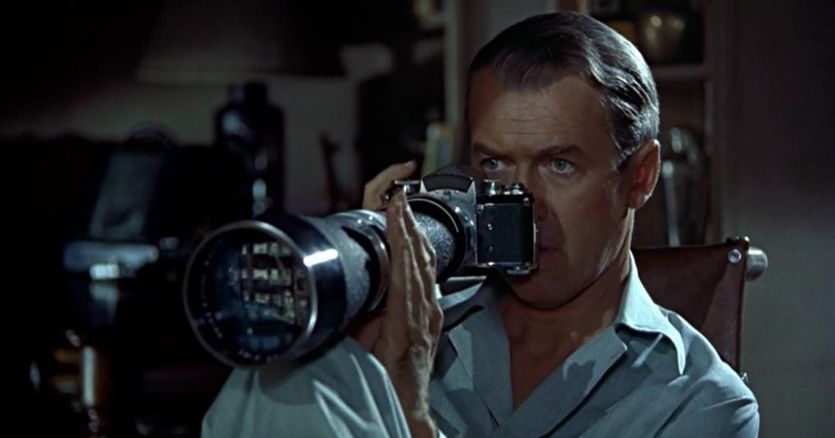“I believe that only now is one beginning to vaguely realize the enormity of cinema.” So writes, in his new book, Roberto Calasso. He writes it after he tried to explain the hallucinatory state of a modernity to which moving images have been able to give shape and meaning both through their way of telling and their modalities of appearance.
The writing of the book approaches in flashes and fragments to his basic thesis and Calasso explains how “American hallucinations” was written at different times, some of them even a few decades away, but now it should be read in sequence, as in a continuous montage and transparent that thickens and at the same time illuminates cinema as a true twentieth-century figmentum, as an illusory realm, a fiction that belongs to the mind and that finds there that supplement of reality that allows it to become a fetish.
Loading…
Hitchcock
Hitchcock’s cinema offers itself as a privileged means of entry into this field of investigation, for its vocation to the deceptive relationship and for its ability – splendidly identified by Gilles Deleuze – to push the action and its movement first near and then within a form of mental image that encloses and bewitches both the characters of the films and their viewer. Calasso chooses two masterpieces of Hitchcock’s maturity such as “The window on the courtyard” (1954) and “The woman who lived twice” (1958), which seem related to him by some surface elements and by others deeper. Both are played by James Stewart, both articulate along a complex and unresolved relationship with the feminine – whose “fairness” participates not only in Hitchcock’s cast choices, but in a hallucinogenic tendency that ultimately makes the woman the decisive element for the resolution of the mystery -, both presuppose an impairment in the male protagonist: the photojournalist of The window on the courtyard is forced into a wheelchair due to a broken leg, while the ex-policeman of The woman who lived twice is the victim of dizziness that he would like to get rid of in order to move back to normal.
Mental image
It is in the form of the impediment, of being condemned to stand still or to move with limitations, that the space opens up for the affirmation of the mental image, for the power of the figmentum that takes over and bursts into reality until it curves, up to to possess the character who carries him everywhere, without being able to get rid of him anymore. Not for nothing, writes Calasso, “the figmentum is mobile, goes around the streets, can sit in a restaurant, without anyone recognizing it as such, except the one who shaped it.”
The excess that the film produces arises from the coexistence and integration of hallucination and hyperreality and takes the form of a physical metamorphosis, expressed first in the bodies of the actors and then reflected in the bodies of the spectators, shaped like the characters within the frayed boundaries. of the mental image (and it is no coincidence that, in recent years, the studies on the forms of corporeality and incorporation in Hitchcock’s cinema have increasingly taken hold). The distance that every refraction presupposes seems to unite “The window on the courtyard” and “The woman who lived twice”, along consonances that gradually emerge from the fragments of Calasso and that abandon the cinema to move towards poetry, physiology, philosophy and literature, to the point of making Franz Kafka’s “Il disperso” the surprising point of arrival and recapitulation of the author’s thought on cinema. The “enormity of cinema” is therefore beyond the analysis of its forms, it is in its innate willingness to be invaded and in the magical gift of enchanting the invader to the point of transforming him, to the point of preventing him from being again what he was before get in touch with cinema (Calasso’s reflection on genres and their destiny is paradigmatic from this point of view).
